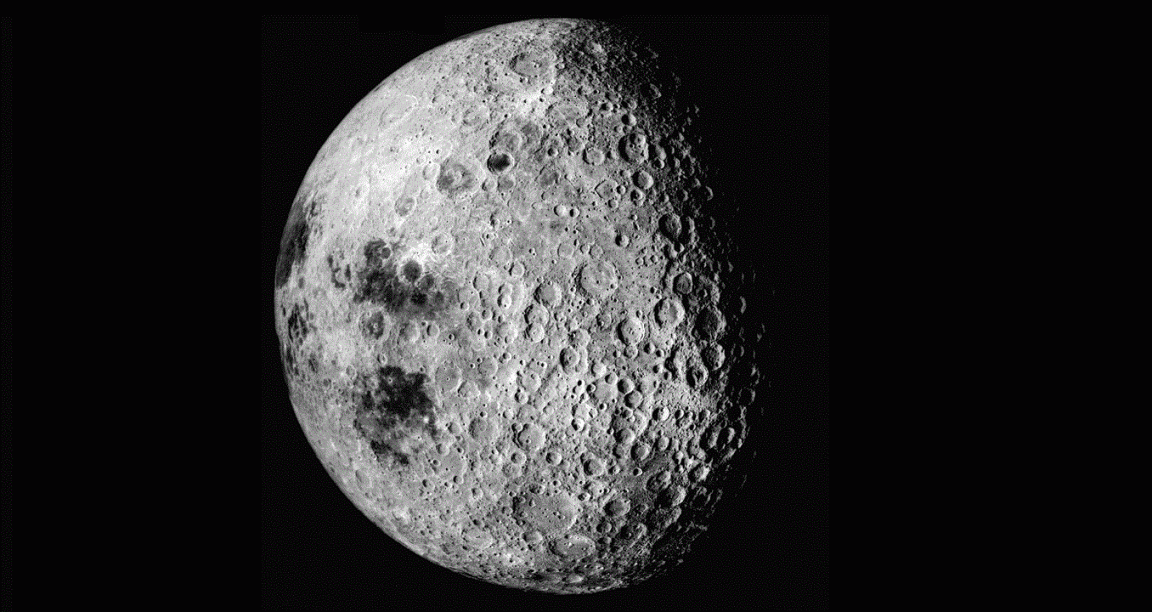

We have New Moons and Full Moons and Supermoons and Blood Moons, and now we have a…Black Moon? What is it with all these designations, and what do they mean?
Well, to start, you won’t hear astronomers waxing eloquent about these events. A great many of them are fairly common. Indeed, some of them, like the New Moon (the first phase of the moon, when our only natural satellite appears as little more than a black circle), occur like clockwork every month. At such junctures, despite the fancy name, astronomers don’t run about aligning cameras. And they don’t sit in anticipation, just waiting to collect some mind-bending new data. Rather, because the sky is so dark (thanks to the absence of the Moon), this is the perfect time to search the recesses of the sky and collect images of faint objects.
However, calling the Moon “super”—or black or blood or whatever—is a great way to get people interested in reading about the topic and, thus, reading about science. So people use these designations, designations that sometimes have their roots in areas that are decidedly unscientific.
For example, terms such as “Super” or “Black Moon” are terms that astronomers and science writers borrowed from astrology. “Super Moon” was coined some 30 years ago, and it describes a New or Full Moon that happens near (generally within 90% of) the moon’s closest approach to Earth in its orbit (which is known as “perigee”). During such times, when the moon is a Super Moon, it is supposed to look larger. However, the change is hardly noticeable.
And no, Super Moons do not impact your emotions or…sensuality…or anything. It’s the exact same moon and has the exact same impact (gravitationally etc.) that it always does.

Now then, to bring us to the definition of a “Black Moon” we have to first look at Blue Moon. A Blue Moon is simply an extra Full Moon (for example, a second Full Moon in a single month).
A Black Moon is related to a Blue Moon. For example, it can be a month that is missing a Full or New Moon, which can only occur in February as our lunar cycle is 29.5 days and February is the only month which generally has 28 days. The last Black Moon of this kind appeared in 2014 and will next show up in 2018. A Black Moon can also be the second New Moon in a month with two (remember that a Blue Moon is a double Full Moon, a Black Moon is a double New Moon). Unlike the previous kind of Black Moon, which can only happen in February, this kind of Black Moon can happen in any month except February. The last kind of Black Moon is defined as the third New Moon in an astronomical season with four—that’s what we’re getting tonight.
To clarify, tonight’s Black Moon is dubbed as such because the fourth New Moon of the astronomical season falls on March 20th, which makes this moon the third New Moon. Yes, that’s the kind of Black Moon we are having tonight. It’s really just a New Moon. So viewing it will be kind of hard. But then, who doesn’t love a challenge?
Be sure to send us your photos, if you get any good ones 🙂
